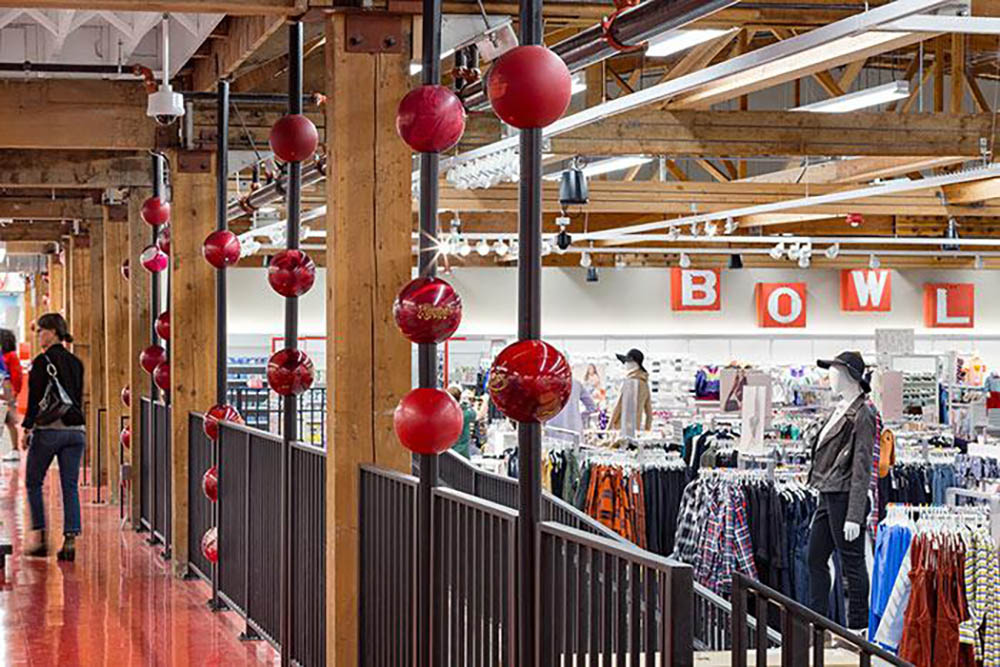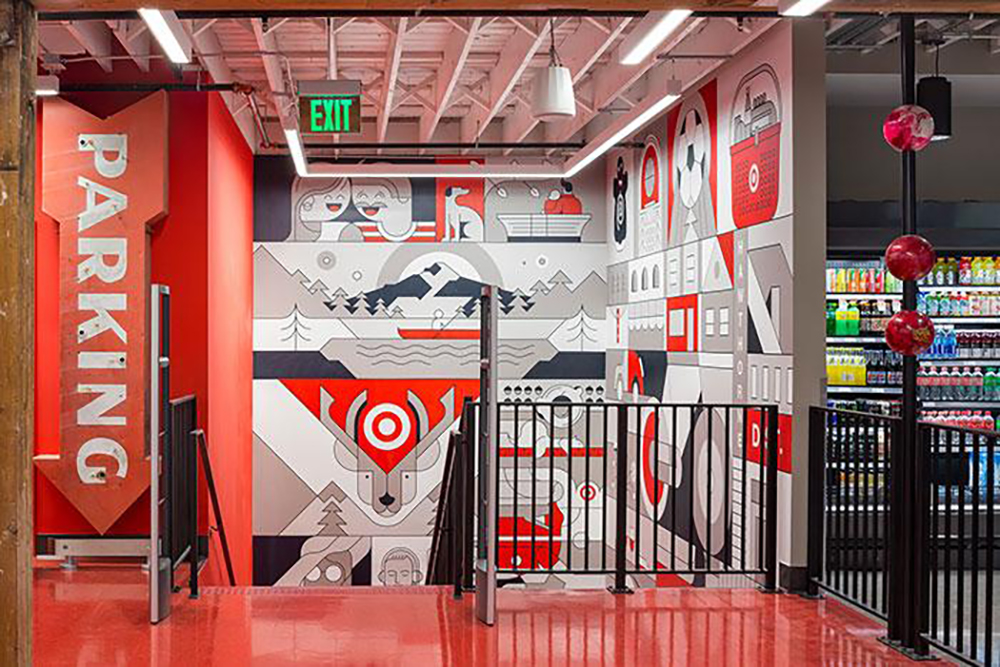As Florida experiences a boom in commercial development—from lifestyle centers and healthcare campuses to tech parks and hospitality hubs—Environmental Graphic Design (EGD) has become more than just a “nice-to-have.” It’s now a critical tool for creating places that are intuitive, memorable, and brand-aligned. As a leading Florida EGD firm, Hi Octane Design helps businesses shape spatial experiences that enhance navigation, amplify brand identity, and foster emotional connections with users.
In a competitive market, the difference between a generic space and a standout environment is often experiential design. Experiential design in Florida integrates storytelling, placemaking, and aesthetics to guide people through a space in a meaningful way. When executed with intent, EGD reinforces a brand’s message through everything from custom signage and graphics to murals, digital integrations, and spatial cues that communicate without words.
One of the most overlooked but essential components of successful commercial development is wayfinding design in Florida. Whether it’s helping patients feel less stressed in a hospital or ensuring visitors can navigate a massive mixed-use campus effortlessly, strategic wayfinding reduces friction and improves user satisfaction. At Hi Octane Design, we blend function with form to create seamless journeys that reflect your organization’s goals and values.
Our expertise spans the full spectrum of environmental branding and signage systems. We collaborate closely with architects, developers, interior designers and owners to integrate EGD from the start of the design process—not as an afterthought. This proactive holistic approach ensures that every visual touchpoint aligns with the built environment and enhances the overall experience. See examples of how we’ve transformed commercial spaces across Florida and California by visiting our portfolio and services page.
In Florida’s rapidly evolving commercial landscape, staying ahead means investing in more than just buildings—it means designing spaces that connect. As your trusted Florida EGD firm, Hi Octane Design is here to help you shape environments that engage, inspire, and perform. Ready to elevate your space? Let’s design something unforgettable together.











